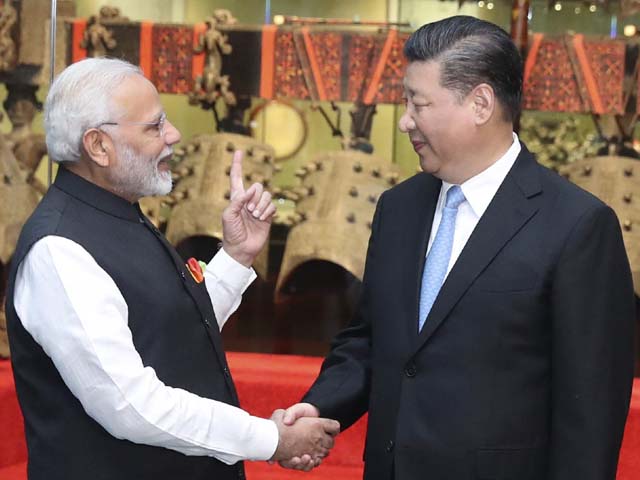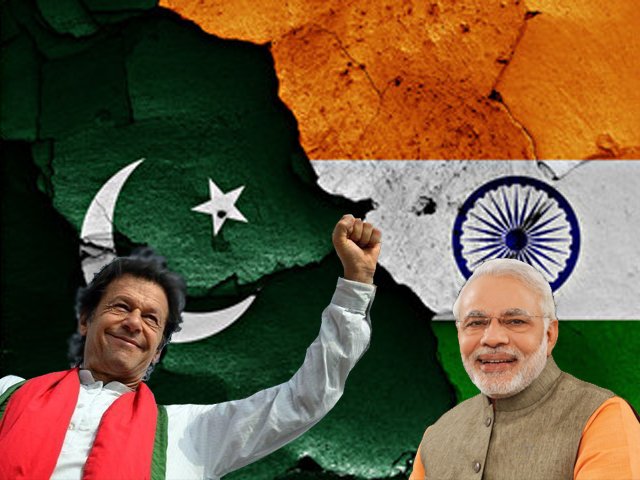
Why India and Pakistan can draw lessons from China’s two-child policy
If India does not control its population, it'll strain on the already depleted resources to feed additional mouths.
In 1979, when the Chinese government introduced the ‘one-child policy’, there was widespread criticism as it was felt that it was the biggest social engineering project ever introduced by China that infringed on the rights of women’s reproductive rights.
However, the government justified the one-child policy, as it was the only available option it had to control the ever growing population. The Chairman of the Communist Party, Deng Xiaoping justified the policy as it would ensure that,
“The fruits of economic growth are not devoured by population growth.”
The National Health and Family Planning Commission have claimed that the one-child policy prevented the births of four hundred million people. It not only led to rapid economic development, but also improved the living standards of the people.
However, research shows that the fall in fertility to an extent could not be attributed to the one-child policy alone, as it was more on account of decisions of Chinese family to go for smaller families. From producing around six children in the late 60s, the average Chinese woman now bears around 1.5 offspring. If current trends continue, China’s population, now roughly 1.35 billion strong will begin to decline by 2030.
Two major factors in arresting the growth in population could be attributed to the rapid spread of education and creation of job opportunities for women. The Chinese women today feel more empowered due to the financial independence. It is for this reason they still continue to prefer small families. However, irrespective of many gains of the policy, there was one drawback to the one-child policy – it created a gender imbalance, as families preferred to have boys over girls. This led to the skewed growth of men over women. If this trend is not reversed, finding brides for men would pose a serious challenge.
In a welcome move, the government has recently announced a ‘two-child’ policy and the couples would no longer be bound by the one-child policy. One of the reasons for reversing the one-child policy is because China is faced with an ageing population. It is estimated that by 2050, one-quarter of China’s 1.4 billion populations will be over 65 years. This will not only create a tremendous shortage of the workforce, but there will be fewer young people to take care of the green population.
If the new two-child policy qualifies around 90 million families, it would help raise the population to an estimated 1.45 billion by 2030, the National Health and Family Planning Commission said in an online statement. China had 1.37 billion people at the end of last year. However, this policy may not have a big impact in urban areas, where couples would still prefer smaller families because of economic reasons. However, it will have a greater impact on rural families who still prefer in having larger families.
The question is whether the two-child policy will result in a change in demographic conditions in China, as more and more working women are increasingly preferring small families. According to the United Nations Department of Economic and Social Affairs by 2022, China is expected to cede the dubious distinction of being the world’s most populous nation to India. If the Indian government does not take steps in controlling the rising population, it will be a strain on the already depleted resources to feed additional mouths. Presently, nearly 40 per cent of India’s population is struggling to survive; a rise in population may lead to a scarcer food supply.
As far as Pakistan is concerned, the rate of population growth is more than double to India. It is here that India and Pakistan can draw lessons from the Chinese experience. The policy framers of both the countries should take immediate steps to arrest the trend in the growth in population, accelerate economic development for creating more job opportunities and also take steps to modernise agricultural methods. If immediate steps are not taken, there is a prospect of facing social upheaval, especially among the growing unemployed youth, and that needs to be avoided at all costs.




COMMENTS (13)
Comments are moderated and generally will be posted if they are on-topic and not abusive.
For more information, please see our Comments FAQ